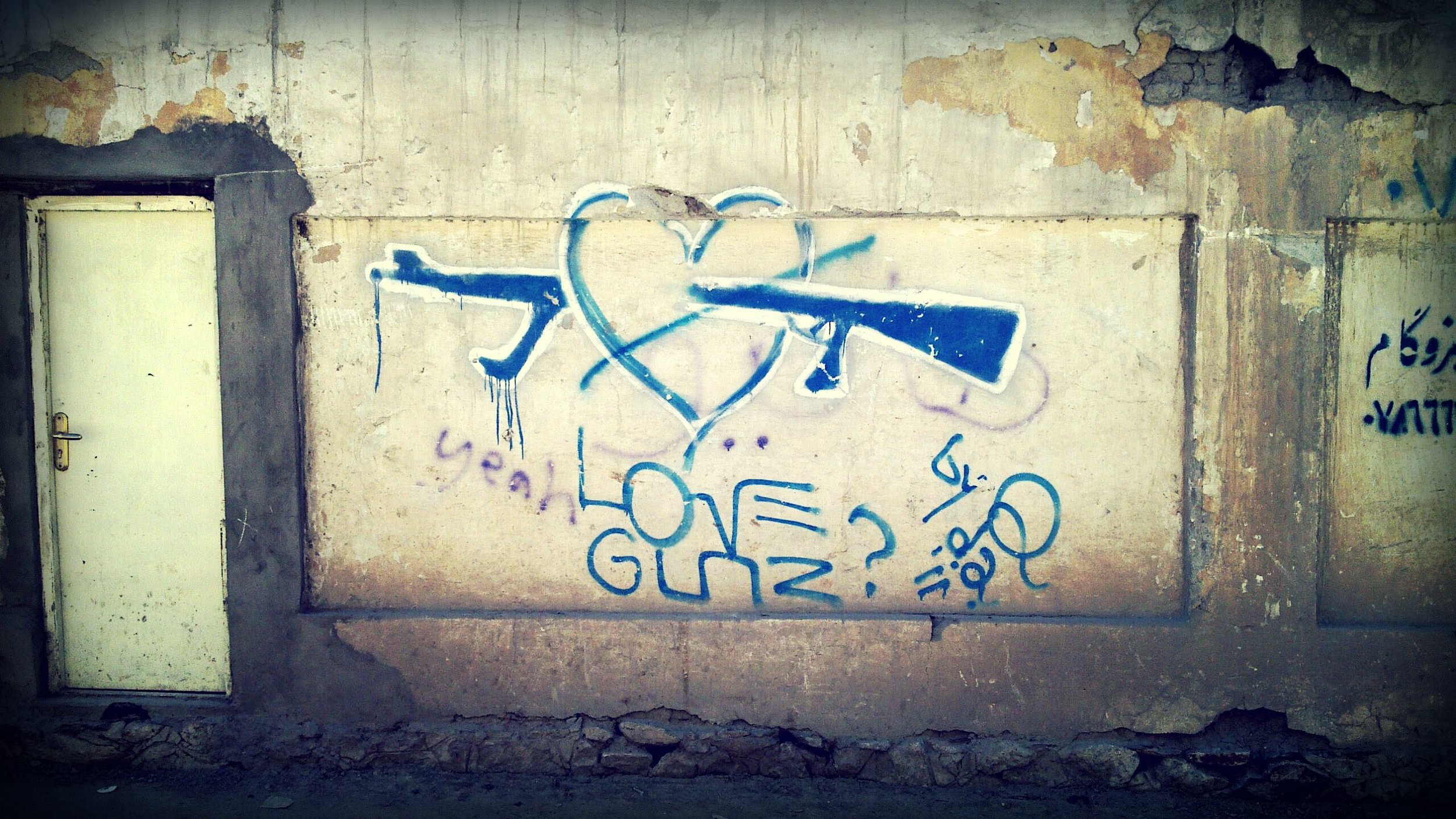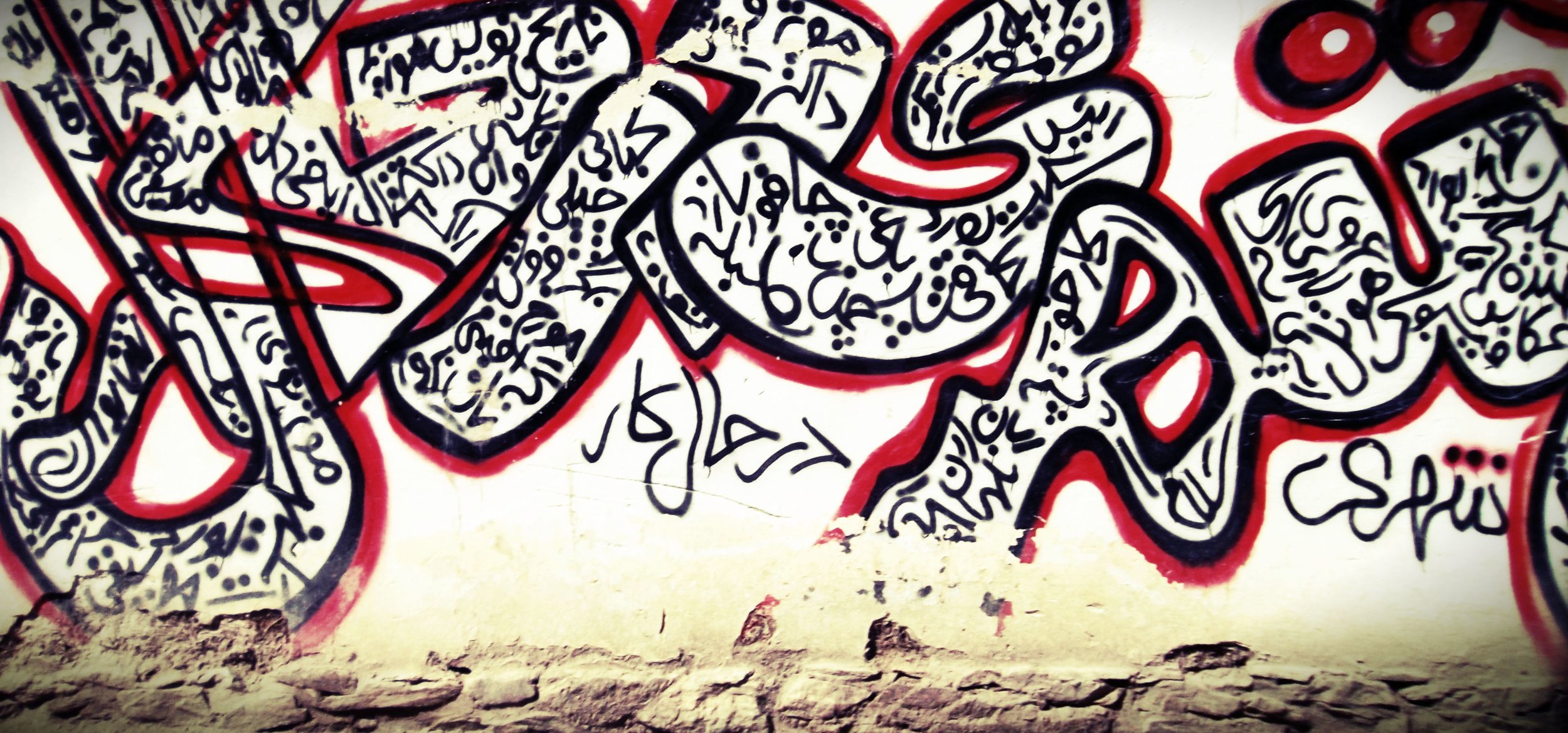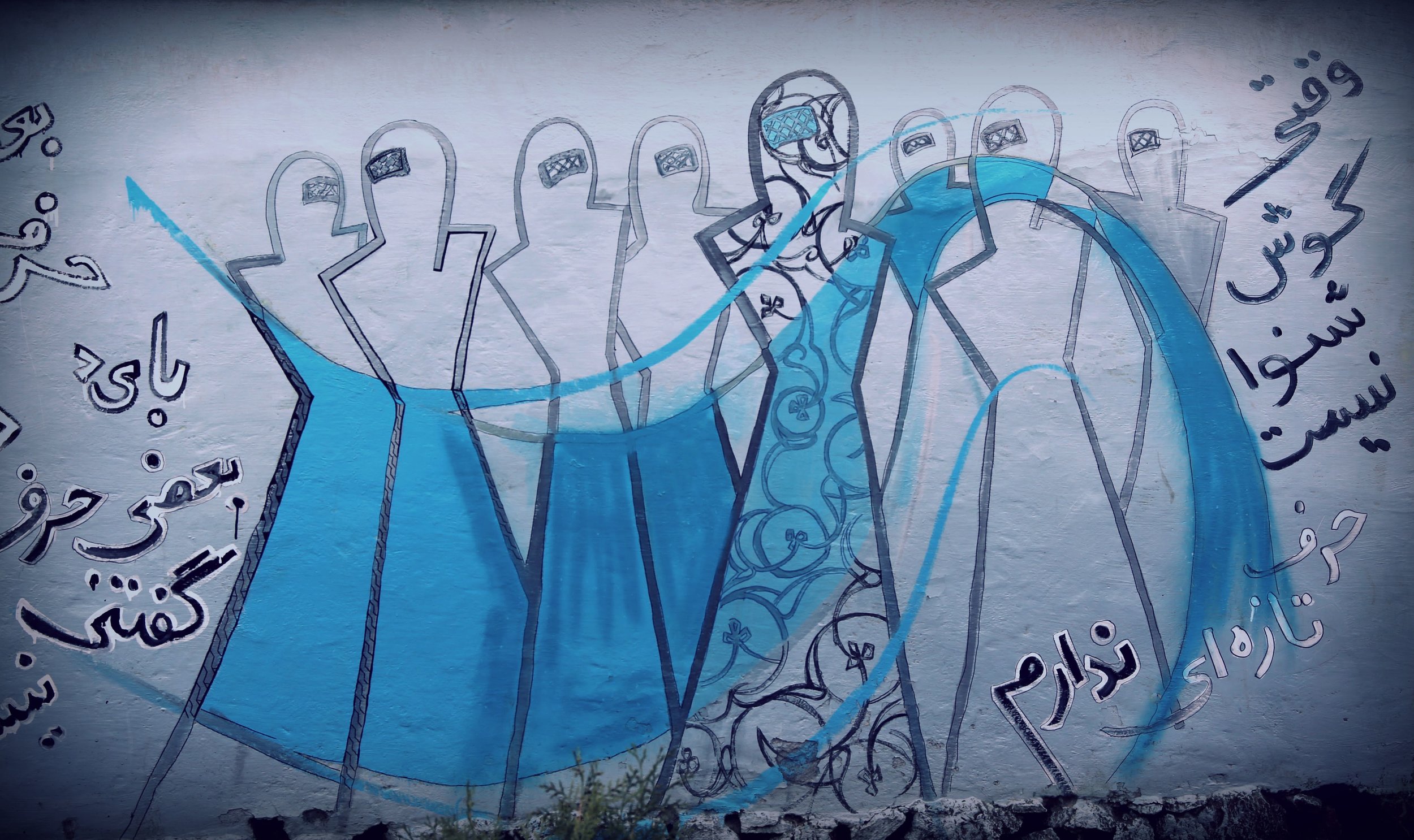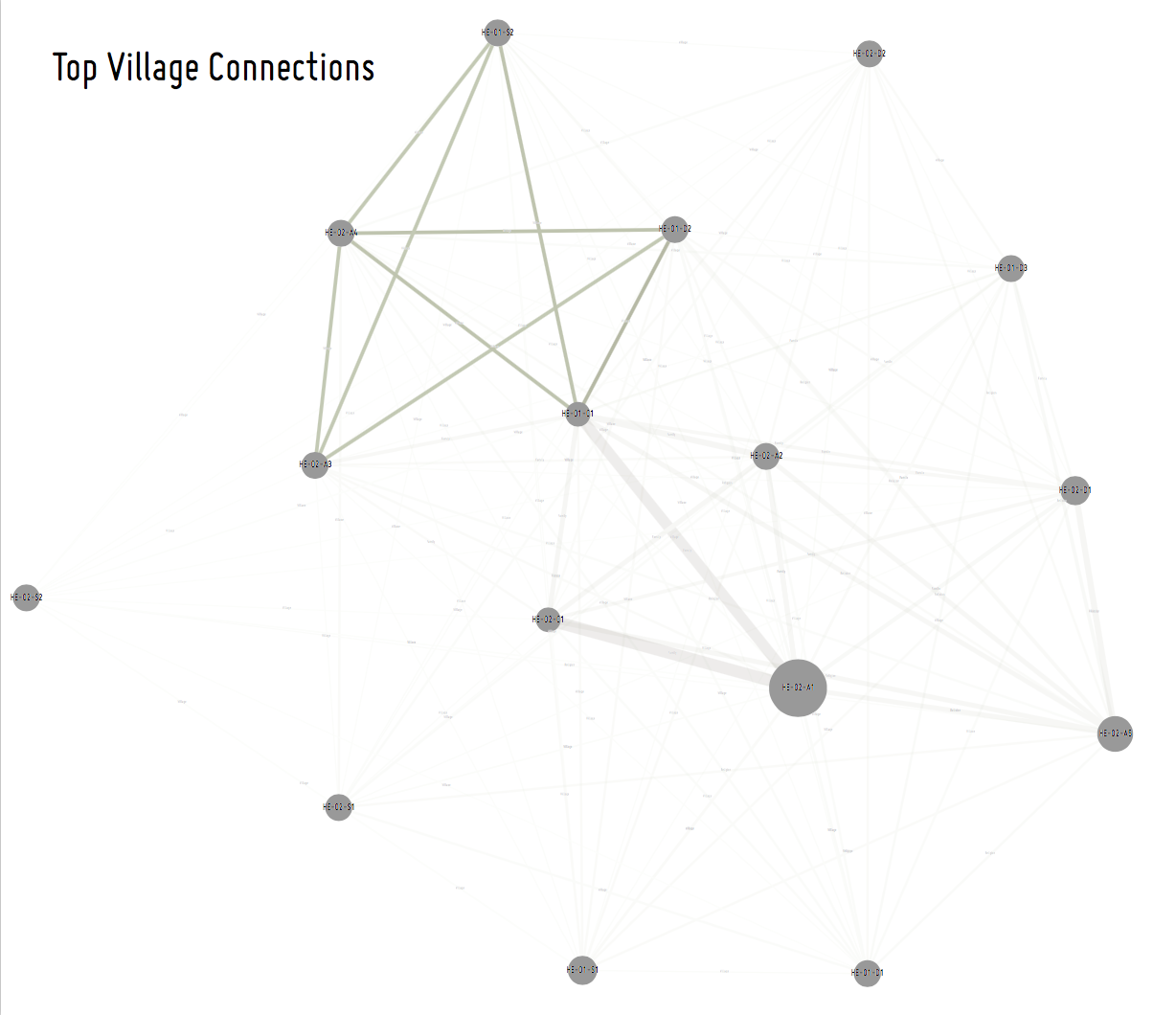Kabul, Afghanistan
Mapping Alliances to Discover New Paths to Peace
Building peace in an entrenched conflict requires finding and engaging the right people. But after decades of war - who do you talk to?
Contracted by the US Institute of Peace, I trained a group of Afghan researchers at the Afghan NGO, Centre for Peace and Conflict Studies (CAPS) to conduct direct qualitative interviews with ]members of militant groups within multiple provinces. By means of careful questioning and documentation, it was possible over time to model the alliances between between groups and understand how to craft a more resilient peace plan. Within these structures, it was then possible to identify key individuals who can liaison between groups to facilitate peace negotiations.
2012-2013
Graffiti as a Predictive Indicator of Social Conflict 2011-2013
Above: Macro-Visualizations of Anonymized Data by Christopher Warnow (Click for Large View) & Deep Dive Data Analysis for Key Actor Identification and Visualization by Mitch Sipus
Graffiti Mapped to Identify Spatial Distribution of Socio-Political Themes. Sipus 2012
Collecting accurate and timely social data is one of the most consistent challenges in Afghanistan. Nearly all reporting is founded on perception based research, which is highly prone to error and impossible to qualify. To rely on this information for strategic planning has dire consequences.
Through ethnographic and design research, I developed alternative tactics to measure issues of conflict, stability, and economic development. One such method was the documentation and assessment of graffiti over time to read into underlying social trends without direct personal engagement. This indirect measure requires additional methods to determine validity, and thus makes stronger use of standard perception based research practices.
The map below identifies areas of social instability according to street art imagery and language. Having documented every graffiti work in Kabul in a short period of time, new graffiti was identified and correlations could be identified to map changing social opinion.









